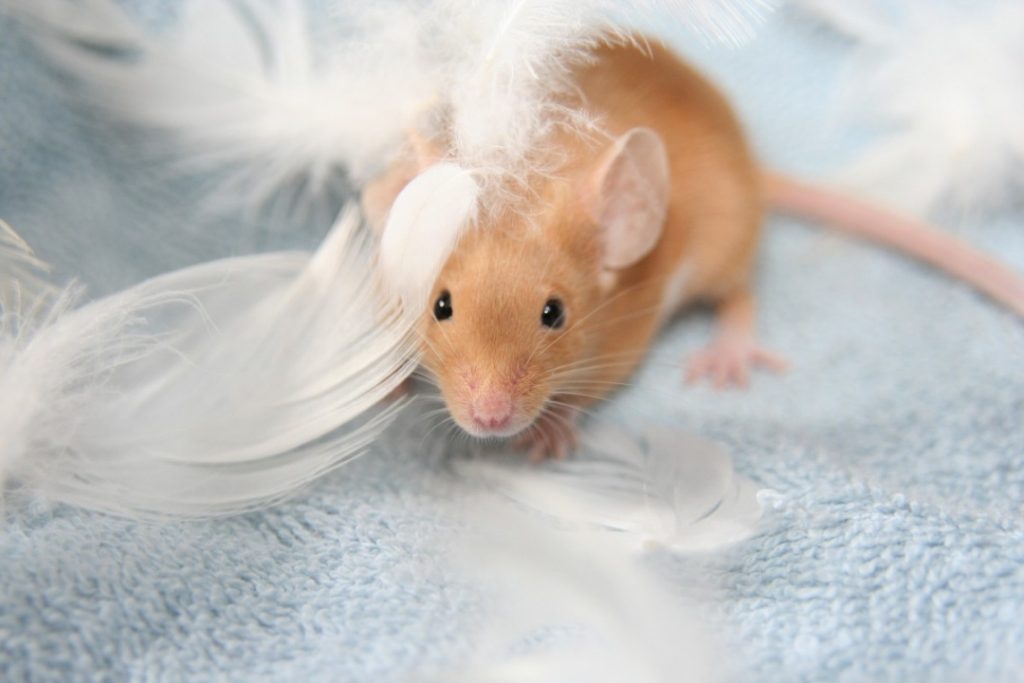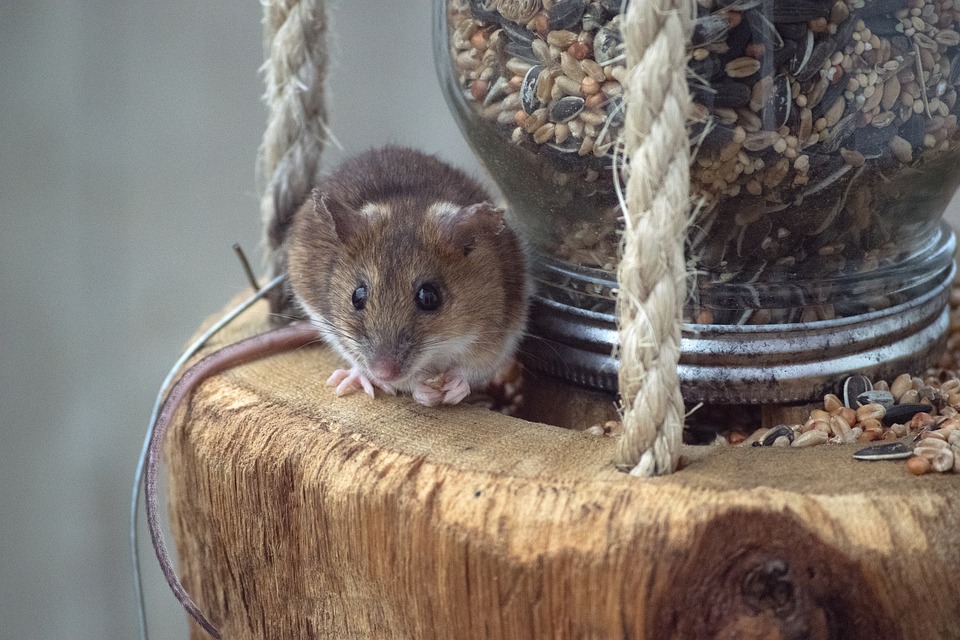When you look around for diet information for pet mice and rats, you’re likely to find what appears to be contradictory information. Usually, the only reason for the confusion is that these sources of information are aimed at different breeds of mice 🐁 or rats 🐀.
Mice come in hundreds of different species, each one with its own slightly different dietary requirements. If a source of information doesn’t specify the breed that it talks about, the information it contains may appear to contradict what you read elsewhere about another species.
The best way to get mice or rats for pets is to buy them from a breeder who knows exactly what species he has. On the other hand, if you get your pet from a pet store, you get an untracked line – these pets are mass-produced.
With a mouse that comes from an untracked line, you will never know its exact nutritional needs. You will always need to feed it a non-breed-specific diet. Your pet, then, will be more prone to poor health, allergies and deficiencies. There’s no way of getting around this problem.
If your mouse or rat is from an untracked line, here are the best general-purpose foods that you can feed it.
1. Foods with high protein content
If you aren’t sure of the exact breed of your pet mouse or rat, you should be careful about the protein in its diet. While foods with protein are important, you should make sure that it doesn’t make more than 10% of your pet’s daily diet. Mice and rats can get hotspots if they get too much protein – a fatal condition where they get itchy all over.
If you’re wondering about the kind of foods with the right kind of protein, you should pick meat over plant-based foods. Vegetable matter tends to have incomplete protein content. Cooked turkey, chicken, and baked fish are a good idea.
2. Fun treats
Like many other pets, rats and mice tend to be partial to fun treats over regular food. Unlike humans, though, mice don’t necessarily see junk food as treats. You can safely stay away from processed treats like Yogurt Drops.
The general rule with treats to give you pet mouse is simply this – if it’s safe for a dog or cat, it should be okay for your mouse, too. Mice consider rice, pasta, breakfast cereals, and vegetables special, fun foods (grapes, rhubarb, walnuts, and lettuce are all bad for mice and rats).
3. Sunflower seeds
Birdseed and sunflower seeds are good for mice, and they enjoy them, too. Because of the high-fat content, though, you should limit the amount that your mouse gets. A teaspoonful of raw sunflower seeds or birdseed should be the most that your mouse gets in a day.
4. Lab block
Lab block is a manufactured product that laboratories stock to feed their mice on. These slabs of premixed food for mice contain all the essential nutrients that mice need. Mouse owners often get lazy and try to feed their mice nothing but lab block. While mice can certainly live on lab blocks, they won’t have any fun.
There’s no point in owning a pet if you can’t indulge it and have a little fun with it. It’s important to make sure that you buy a high-quality lab block. Many brands have very high protein content. Such a lab block can sicken mice.
5. Water
Rats and mice can actually die without access to lots of fresh drinking water. You should make sure that your pet has a plentiful supply at all times.
6. Stale, whole-wheat bread
Bread made out of white flour will give your mouse digestive problems. An old piece of hard, dry wholemeal bread, on the other hand, can make for a healthy source of nutrition. Many show mice live entirely on this staple.
There’s no point feeling bad about giving your mouse stale stuff – fresh bread is actually bad for mice. They don’t respond well to the enzymes in fresh bread.
7. Beans and soy
Beans and soy are rich sources of protein, and mice seem to enjoy the taste of these foods, too. It would help if you made sure that you only give your mouse beans and soy that’s well-cooked, though. They don’t show much interest in uncooked beans, usually. With the kind of protein content that these foods have, you should make sure that they get no more than a few beans a day.
8. Live food
Mice and rats tend to eat small worms and bugs out in the wild occasionally. They help them meet any protein needs that they may have. Pet stores sell live food for mice. Store-bought live food is a better idea than catching live creatures yourself – you could find the wrong kind and sicken your pet.
9. Cheese
No diet for rats and mice would be complete without cheese – the archetypical mouse food. It would help if you were careful about not letting your mouse have too much of it, though. Mice can quickly become obese with too much fat.
10. Premixed mouse food
Mice and rats are scavengers by instinct. A meal doesn’t feel like a meal unless they get to dig around to find it. For this reason, many mouse owners like to mix the food that they give their mice together with inedible stuff and scatter it all around their cage. This is a good idea as it keeps your mouse healthy and active, foraging for food.
Empty nutshells are often safe to mix in with the foods that you give to your mouse. You should make sure, though, that your mouse doesn’t actually attempt to eat those nutshells.


